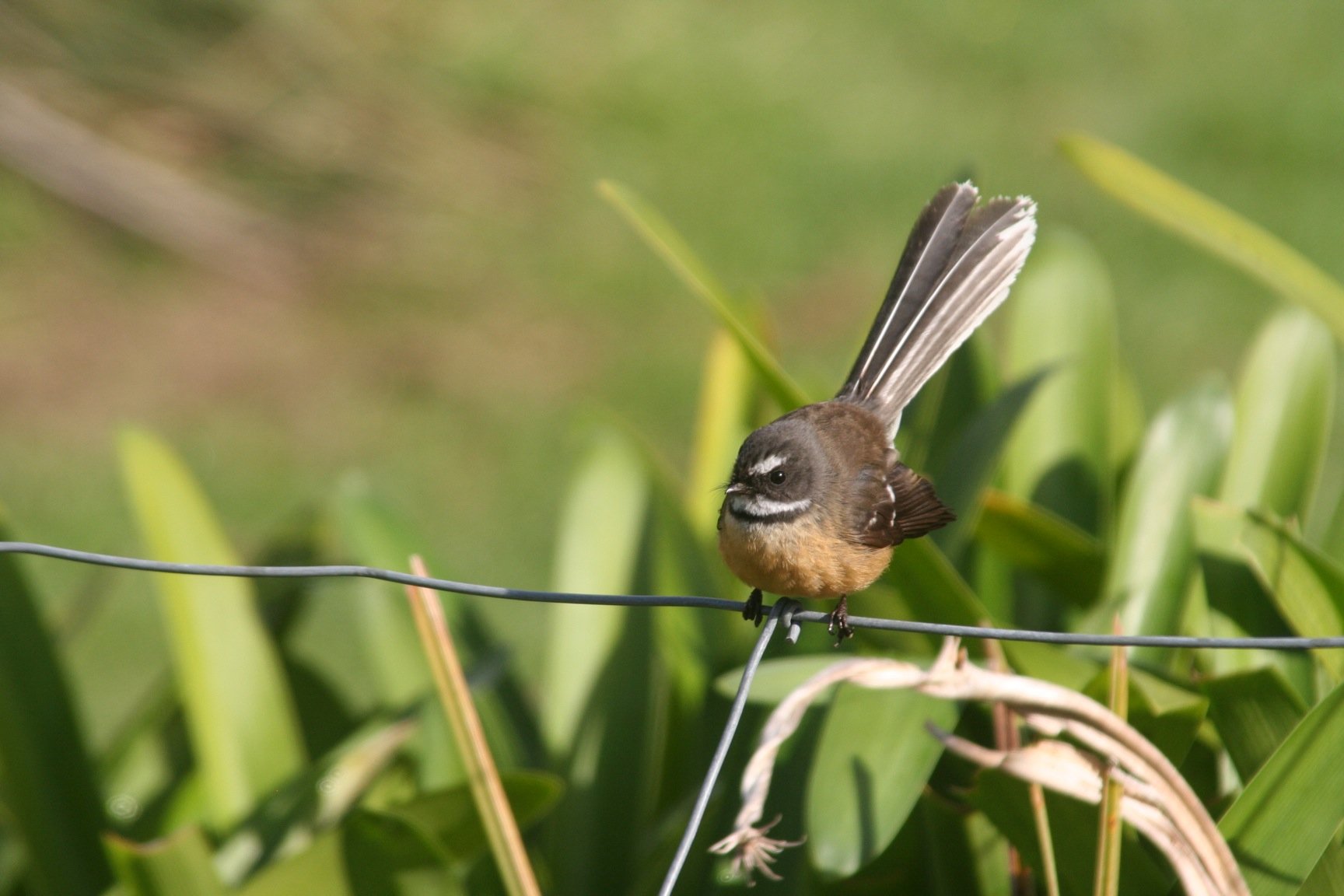
In his comment in last week’s post on the Marlborough Sounds, Beat writer Jochen described the New Zealand Fantail as one of the best birds in the world. It’s a sentiment I can get behind. Also known by its Maori name of P?wakawaka, the New Zealand Fantail is a delightful inhabitant of New Zealand, and one of my favourite local birds. Unlike many endemic species they aren’t remotely rare, and can be seen just about anywhere in the country, and they are also amazingly confiding, allowing close approaches and even coming close to us of their own volition. They are also quite hard to photograph, because while they’ll let you get close as, they won’t stay still for a single second. In the forest reserves I usually frequent a combination of poor light and a massive variety of potential posts for them to land on resulted in me getting one halfway good photo of this species in seven years living here.
You get a lot of shots like this
And this, which at least shows the fanning tail
I finally managed to get some photos as I found a pair of fantails in the Marlborough sounds that were very interested in me as a source of bugs (they will often follow trampers in the forest to collect flying insects) and being out in the open there was a limited supply of perches and plenty of good light. Even then they were very quick, and I got many shots like those above. Even when they remained in one place in the time it took the shutter to close and open they would be posed completely differently.
Fantails are a family that, apart from the aberrant Silktail and Pygmy Drongo, are extremely similar in appearance and behaviour. They are essentially feathered golfballs with long tails and a bad coffee habit.
Fantails don’t do necks
The New Zealand Fantail was once placed with the Grey Fantail of Australia, but are now treated as separate, because of science. The family also reaches into India and as far east as samoa and Fiji. In New Zealand they defy the usual expectations of island species by living short lives and having many chicks (typically island species become longer lived with fewer chicks and greater parental investment). This has been benefitial for the species, which suffered considerable losses after the snow storm two years ago but quickly rebounded.
Fantails are popular birds in New Zealand, although they are also considered bad omens if they get into your house. This is possibly because of the story of the Maori hero Maui, who was trying to sneak up on the goddess of night and death, Hinenuitepo, in order to kill her and end death. The fantail, one of his companions, laughed, causing her to wake and kill Maui (the story is worth reading in full).
The call of the New Zealand Fantail is like a squeaky toy
Preening is important when you live on the wing
The New Zealand Fantail, a great little feathered golf ball… I mean bird.
…
If you liked this post and want to see more great images of birds make sure to check out 10,000 Clicks, our big (and growing) page of galleries here at 10,000 Birds.


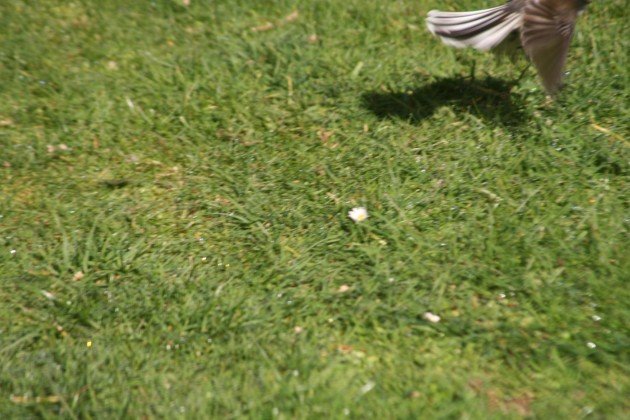
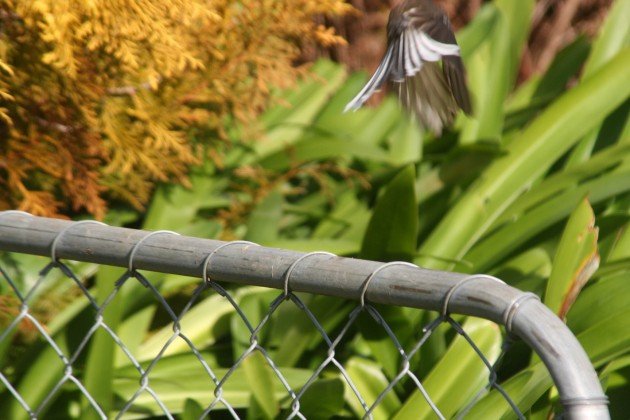
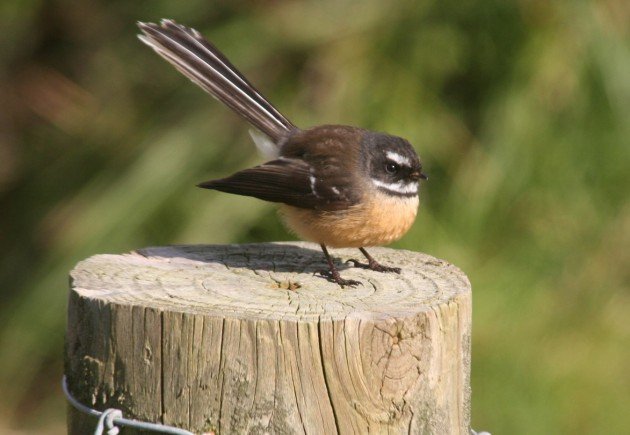
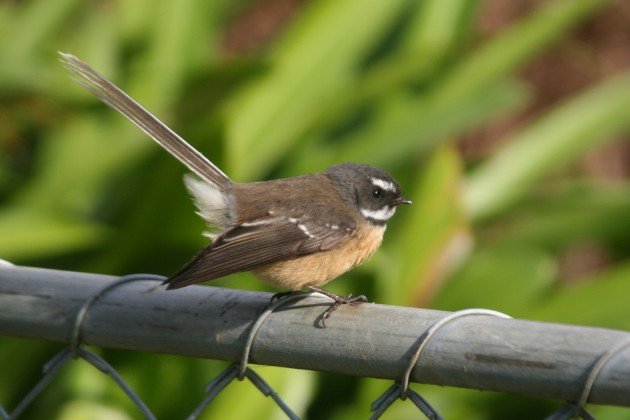
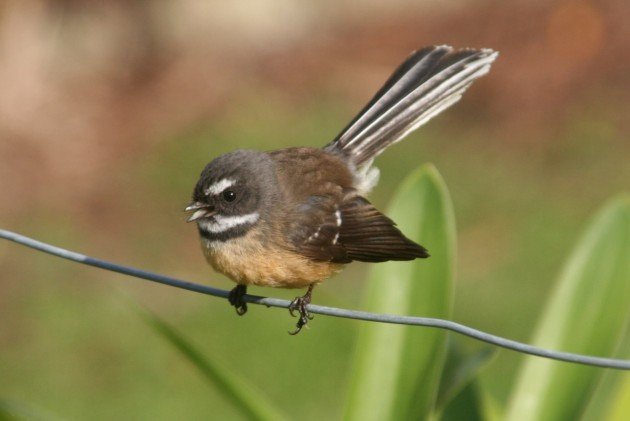
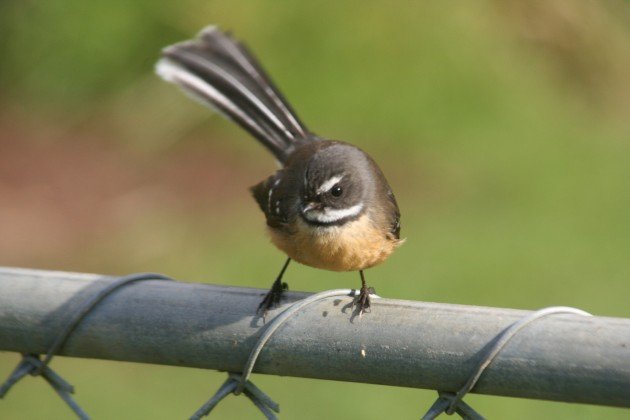
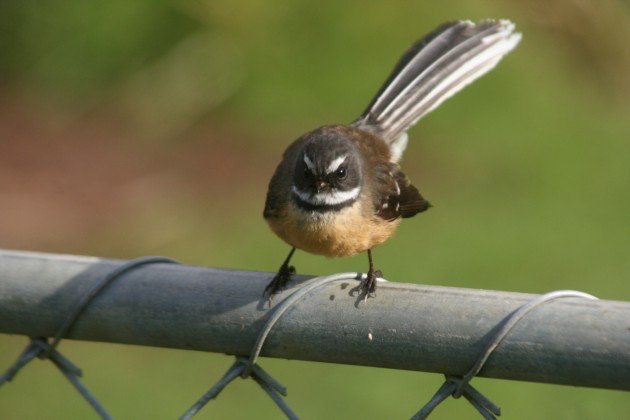
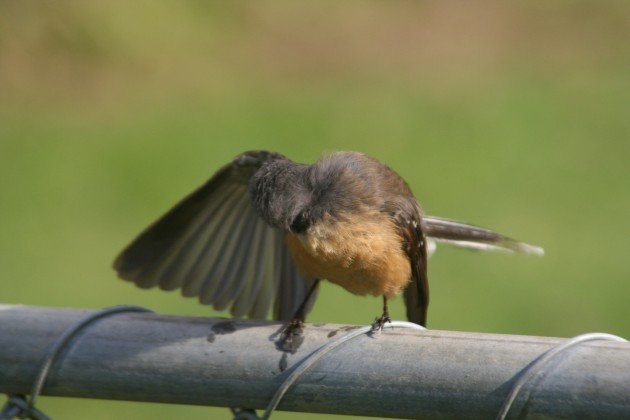
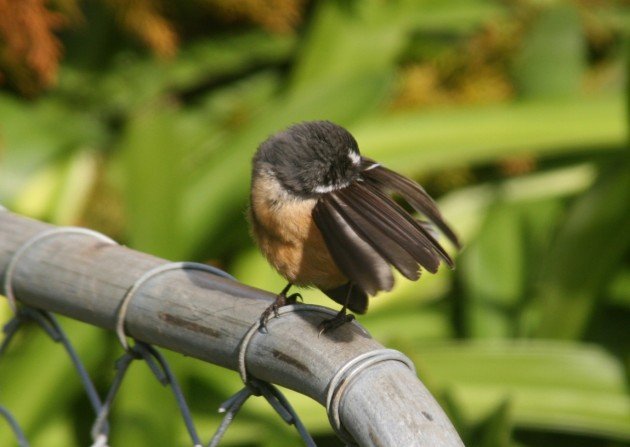
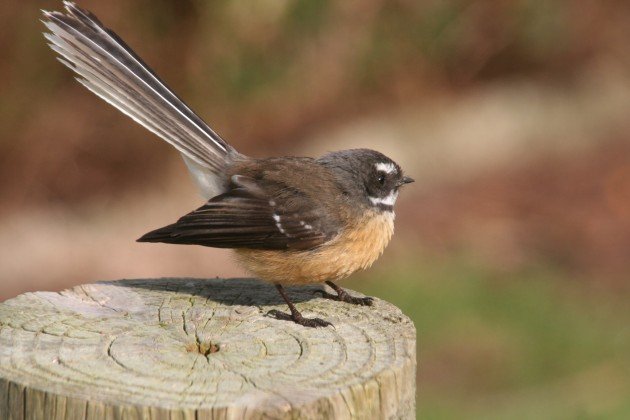
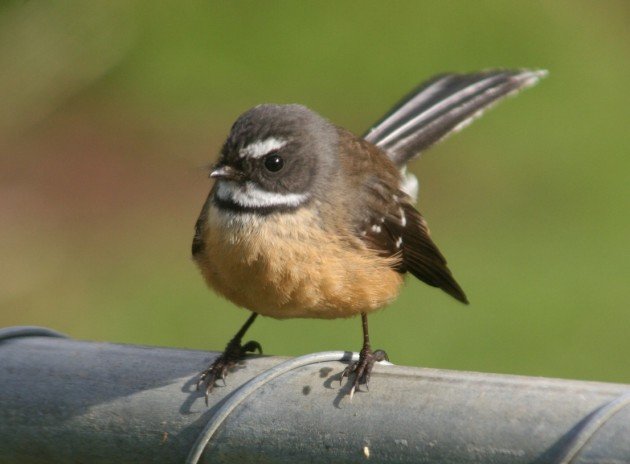











Thank you, Duncan!
You know, I’ve seen some other fantail species in Indonesia, but they just don’t compare. The NZ fantail is unique!
Amazing images.
I loved these adorable fantails when I visited New Zealand, but all my photos turned out like your top ones, a blurry bird flying out of the frame. These are great photos!
What a cutie! And, let’s go back for a minute to their attraction to you as a source of insects….is this a new birding technique? Should we start packing bugs with our field guides?
Hey Dunc, nice article. Fantails are cool they fly like helicopters and have eyebrows that make them look angry even when they’re not.